Home>Gardening & Outdoor>Plant Care & Gardening Tips>When Is Wildflower Season In Death Valley
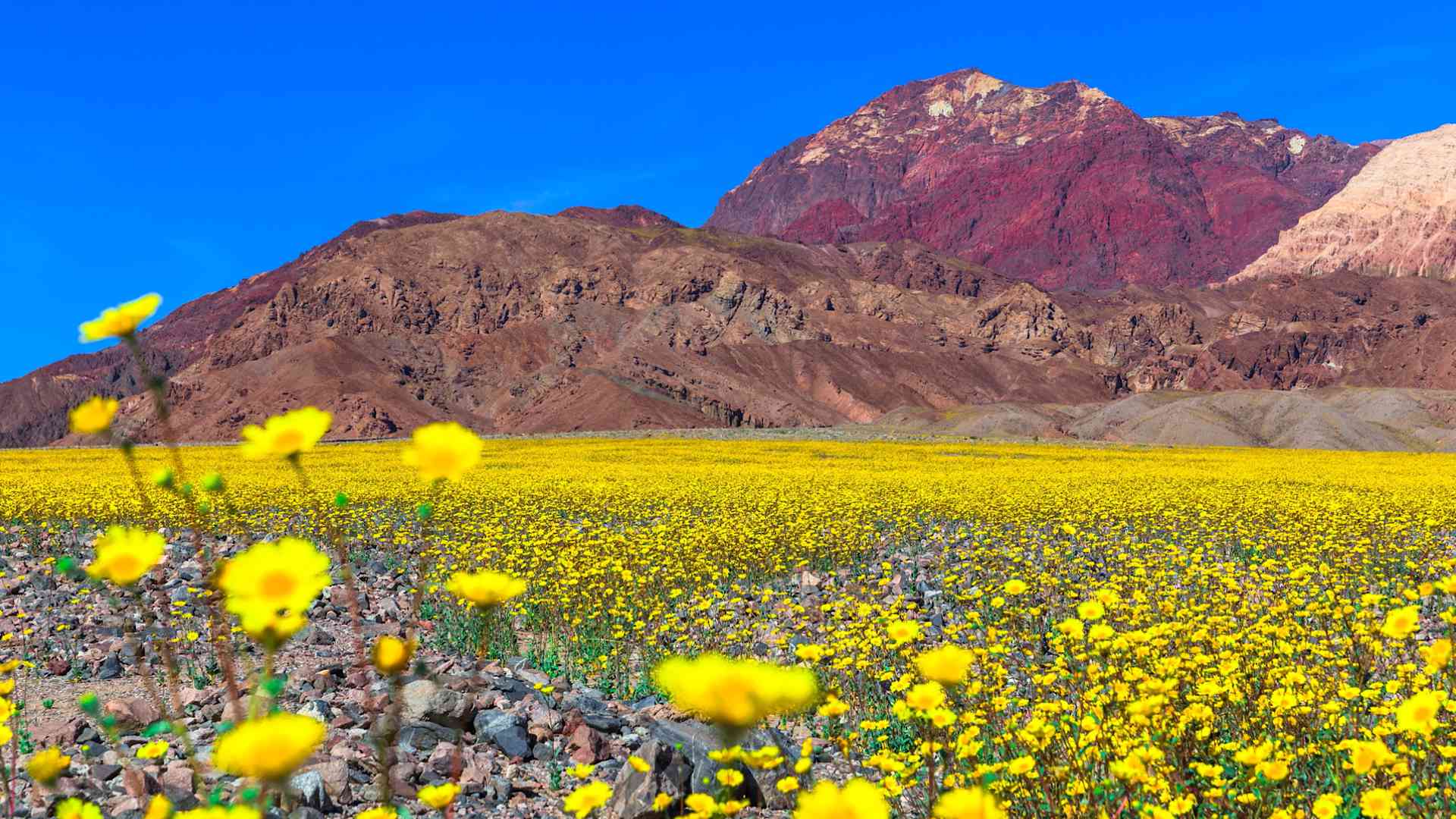

Plant Care & Gardening Tips
When Is Wildflower Season In Death Valley
Modified: May 6, 2024
Discover the best time to witness the breathtaking wildflower season in Death Valley. Get expert plant care and gardening tips to make the most of this natural spectacle.
(Many of the links in this article redirect to a specific reviewed product. Your purchase of these products through affiliate links helps to generate commission for Storables.com, at no extra cost. Learn more)
Introduction
Introduction
Death Valley, with its stark beauty and extreme conditions, may not be the first place that comes to mind when you think of wildflowers. However, this seemingly inhospitable environment experiences a stunning transformation during the wildflower season. The valley comes alive with a burst of color as countless wildflowers bloom, creating a breathtaking spectacle amidst the arid landscape. Understanding when wildflower season occurs in Death Valley and the factors influencing it can enhance your experience of this natural wonder.
As an SEO expert with a passion for plant care and gardening, I’m excited to guide you through the wildflower season in Death Valley. In this article, we’ll explore the factors that influence the timing and abundance of wildflowers, the typical wildflower season in Death Valley, the best times to visit for wildflower viewing, and tips for making the most of this enchanting phenomenon.
Key Takeaways:
- Experience the stunning wildflower season in Death Valley, typically from late February to mid-April, as the valley bursts into vibrant colors amidst its rugged terrain, showcasing nature’s resilience and beauty.
- Plan your visit to Death Valley during late winter to early spring for the best chance to witness the peak bloom period and immerse yourself in the breathtaking wildflower displays, while respecting and embracing the unique desert environment.
Factors Affecting Wildflower Season
Several factors contribute to the timing and abundance of wildflowers in Death Valley. Understanding these elements can provide valuable insight into the conditions that set the stage for the valley’s vibrant wildflower displays. Here are the key factors influencing the wildflower season:
- Rainfall: The amount and timing of rainfall play a crucial role in triggering wildflower blooms. Adequate winter rainfall is essential for seeds to germinate and plants to thrive. In Death Valley, irregular but intense rain events can lead to impressive wildflower displays in the spring following a wet winter.
- Temperature: Wildflowers are sensitive to temperature variations, and specific temperature ranges are conducive to their growth and blooming. Cooler temperatures during the winter and early spring months create favorable conditions for wildflower seeds to sprout and develop into vibrant blooms.
- Soil Conditions: The composition and moisture content of the soil impact the ability of wildflowers to take root and flourish. Well-draining soils that retain sufficient moisture support healthy growth, while excessively dry or compacted soils can hinder wildflower development.
- Competition and Predation: Wildflowers face competition from invasive plant species and herbivores that feed on vegetation. The balance of ecological factors, including the presence of natural predators and the availability of nutrients, influences the success of wildflower populations.
- Altitude and Microclimates: Variations in altitude and the presence of microclimates within Death Valley contribute to diverse growing conditions for wildflowers. Certain species may thrive at higher elevations, while others are adapted to specific microclimates characterized by unique temperature and moisture levels.
By considering these factors, we gain a deeper appreciation for the intricate ecological dynamics that shape the wildflower season in Death Valley. The interplay of environmental elements creates a delicate balance that determines the timing and intensity of the valley’s awe-inspiring wildflower displays.
Typical Wildflower Season in Death Valley
Death Valley’s wildflower season is a remarkable natural phenomenon that unfolds against the backdrop of the valley’s rugged terrain. While the timing and intensity of wildflower blooms can vary from year to year, there are general patterns that characterize the typical wildflower season in Death Valley.
The wildflower season in Death Valley typically occurs in the early spring, with the peak bloom period spanning from late February to mid-April. This timeframe aligns with the transition from winter to spring, when the valley experiences milder temperatures and the effects of winter rainfall begin to manifest in the form of vibrant wildflower displays.
Following periods of sufficient winter rainfall, dormant wildflower seeds germinate, and the valley’s barren expanses are gradually transformed into a kaleidoscope of colors. The sight of desert gold, desert five-spot, and other native wildflowers carpeting the landscape is truly awe-inspiring, signaling the arrival of the valley’s annual wildflower extravaganza.
It’s important to note that the timing of the wildflower season is influenced by the specific environmental conditions prevailing in a given year. Variations in rainfall patterns, temperature fluctuations, and other ecological factors can impact the onset and duration of wildflower blooms. Therefore, while the typical wildflower season aligns with the spring months, the exact timing of peak blooms can fluctuate based on prevailing environmental conditions.
Visitors to Death Valley during the wildflower season have the opportunity to witness nature’s resilience and beauty as the valley undergoes a stunning transformation. The convergence of favorable environmental factors sets the stage for an unforgettable display of wildflowers, showcasing the remarkable adaptability of plant life in this extreme desert environment.
As we delve into the nuances of the wildflower season in Death Valley, we gain a deeper understanding of the intricate ecological processes that underpin this annual spectacle. The next section will highlight the best times to visit Death Valley for experiencing the wildflower season at its peak.
The wildflower season in Death Valley typically occurs from late February to early April, with the peak bloom usually happening in mid-March. Keep an eye on the park’s website for updates on the best time to visit.
Best Times to Visit for Wildflower Viewing
Planning a visit to Death Valley to witness the breathtaking wildflower displays involves careful consideration of the optimal times for wildflower viewing. While the wildflower season typically unfolds in the early spring, the best times to visit for experiencing the peak of wildflower blooms can vary based on prevailing environmental conditions and other factors.
For visitors seeking to immerse themselves in the splendor of Death Valley’s wildflowers, the period from late February to early April often offers the most favorable conditions for wildflower viewing. During this timeframe, the valley experiences the peak bloom period, characterized by an abundance of wildflowers carpeting the desert floor and adorning the slopes of canyons and hillsides.
Monitoring weather and rainfall patterns can provide valuable insights into the progression of wildflower blooms in Death Valley. Following significant winter rainfall, the landscape undergoes a remarkable transformation as dormant wildflower seeds germinate and give rise to a profusion of colorful blossoms. Visitors who time their trips to coincide with the peak bloom period can witness the valley’s vibrant wildflower displays at their most spectacular.
It’s important to note that the best times to visit for wildflower viewing are influenced by dynamic environmental factors, and the exact timing of peak blooms can fluctuate from year to year. Consequently, staying informed about the latest updates on wildflower conditions and bloom forecasts can help visitors optimize their experiences and make the most of their time in Death Valley.
Engaging with local park resources, such as visitor centers and online platforms, can provide valuable guidance on the current status of wildflower blooms and recommended viewing areas within the park. By leveraging these resources, visitors can enhance their wildflower viewing excursions and gain insights into the specific locations where the most impressive displays of wildflowers can be found.
With careful planning and a flexible approach, visitors can maximize their chances of witnessing the captivating beauty of Death Valley’s wildflowers in full bloom. The next section will provide valuable tips for enjoying the wildflower season in Death Valley, offering practical insights for making the most of this extraordinary natural phenomenon.
Read more: When Is Montana Wildflower Season
Tips for Enjoying Wildflower Season in Death Valley
As you prepare to embark on an adventure to witness the wildflower season in Death Valley, incorporating the following tips can enhance your experience and ensure a memorable and rewarding journey:
- Stay Informed: Keep abreast of the latest wildflower bloom updates and park information through official park websites, visitor centers, and local resources. Being informed about bloom conditions and recommended viewing areas can help you plan your visit strategically.
- Timing Your Visit: Aim to visit Death Valley during the late winter to early spring months, typically from late February to early April, to coincide with the peak bloom period. Monitoring weather patterns and bloom forecasts can aid in optimizing your visit for wildflower viewing.
- Exploring Diverse Habitats: Venture beyond the valley floor to explore canyons, hillsides, and higher elevations, as wildflowers may exhibit diverse growth patterns in different habitats. Exploring varied landscapes can offer a richer and more varied wildflower viewing experience.
- Respect Nature: Practice responsible and respectful behavior while enjoying the wildflowers. Refrain from picking or trampling the blooms, and adhere to park guidelines to minimize your impact on the delicate desert ecosystem.
- Photography Tips: Capture the beauty of the wildflowers with photography, utilizing natural light and varied perspectives to showcase the stunning colors and intricate details of the blooms. Exercise creativity while respecting the natural environment.
- Hydration and Sun Protection: As you explore the desert landscape, prioritize hydration and sun protection. Carry an ample water supply, wear sunscreen, and utilize protective clothing and headgear to safeguard against the sun’s intensity.
- Trail Etiquette: If you venture onto hiking trails or designated viewing areas, adhere to trail etiquette and stay on designated paths to minimize disturbance to the flora and preserve the natural landscape for others to enjoy.
- Embrace the Serenity: Take moments to appreciate the tranquility and serenity of the desert environment during your wildflower viewing excursions. Embrace the unique beauty of Death Valley’s wildflowers and the captivating contrast they create against the rugged terrain.
By incorporating these tips into your wildflower viewing endeavors, you can enrich your experience and foster a deeper connection with the captivating displays of nature’s resilience and beauty in Death Valley. Embracing the spirit of exploration and appreciation for the desert’s wildflower wonders can lead to a truly enriching and unforgettable adventure.
After soaking in the stunning vistas of Death Valley's wildflower season, why not bring some of that vibrancy home? Our next piece dives into selecting and nurturing spring flowers, perfect for infusing your living spaces with a fresh and lively feel. Whether you have a green thumb or are just starting, these tips will help you cultivate a blooming haven.
Frequently Asked Questions about When Is Wildflower Season In Death Valley
Was this page helpful?
At Storables.com, we guarantee accurate and reliable information. Our content, validated by Expert Board Contributors, is crafted following stringent Editorial Policies. We're committed to providing you with well-researched, expert-backed insights for all your informational needs.
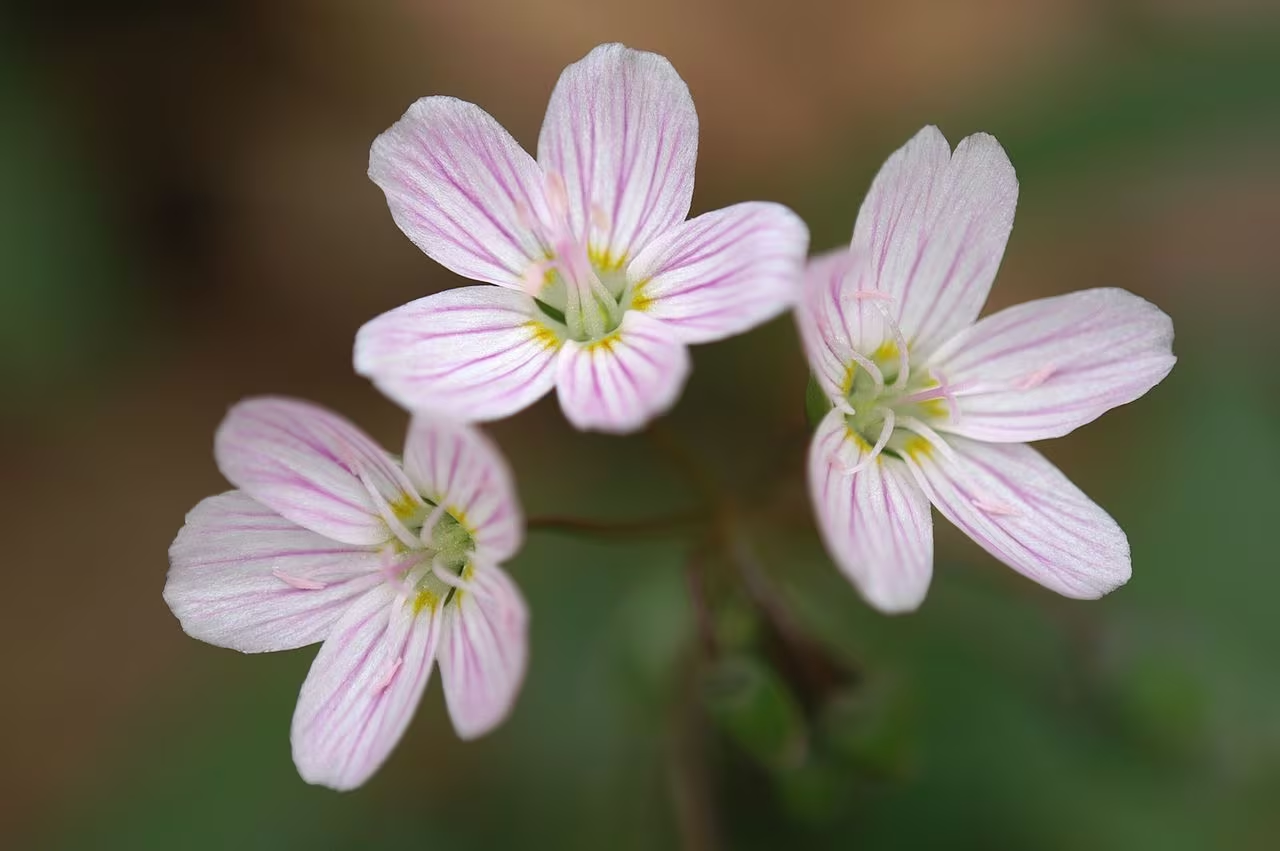
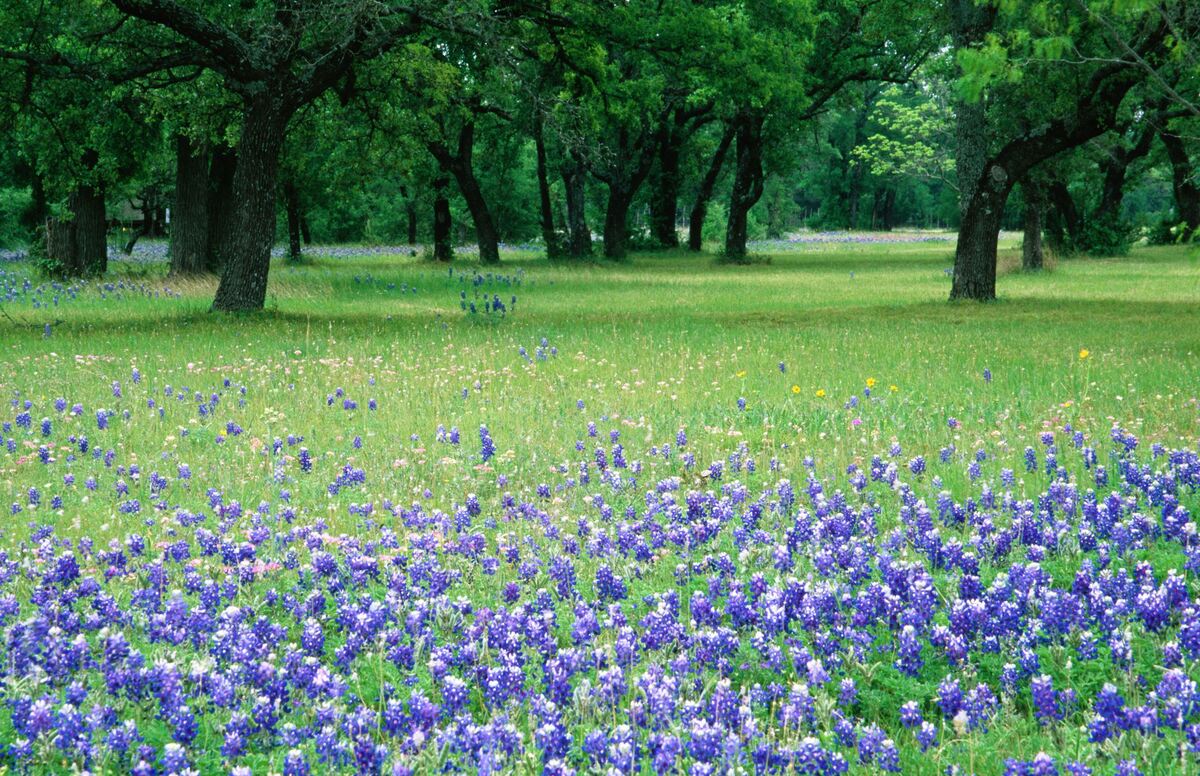
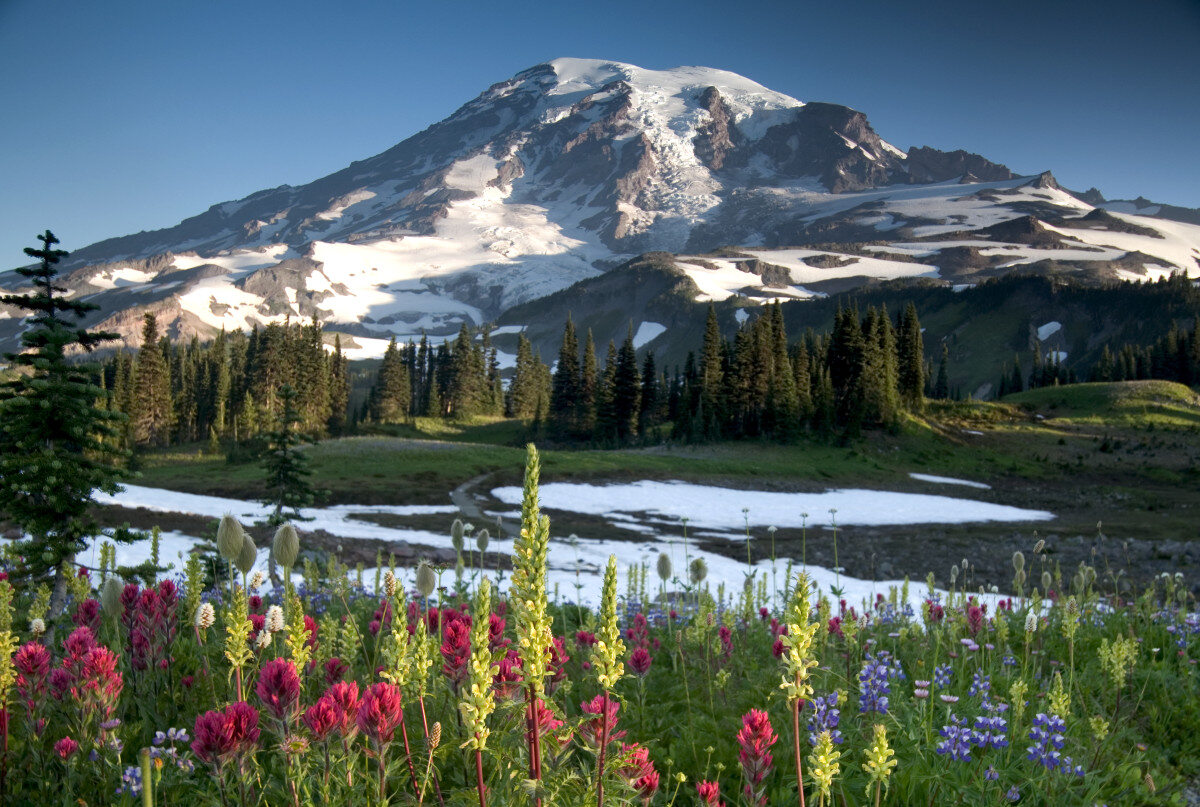
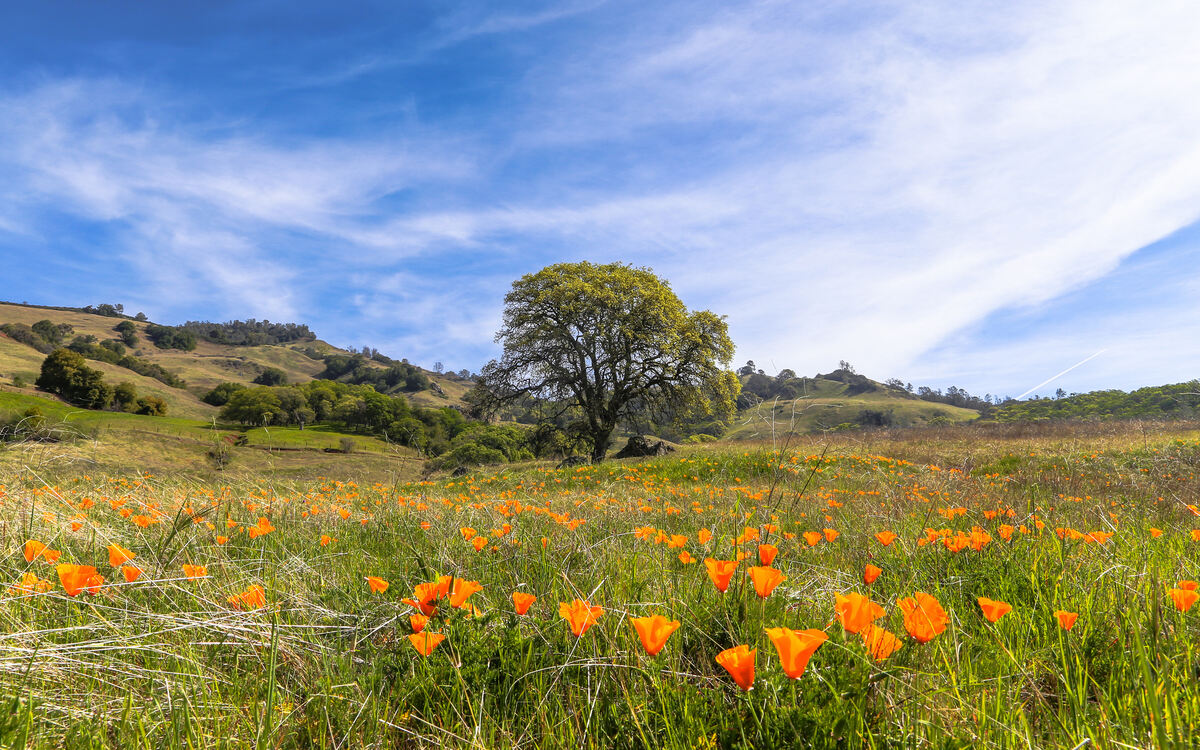
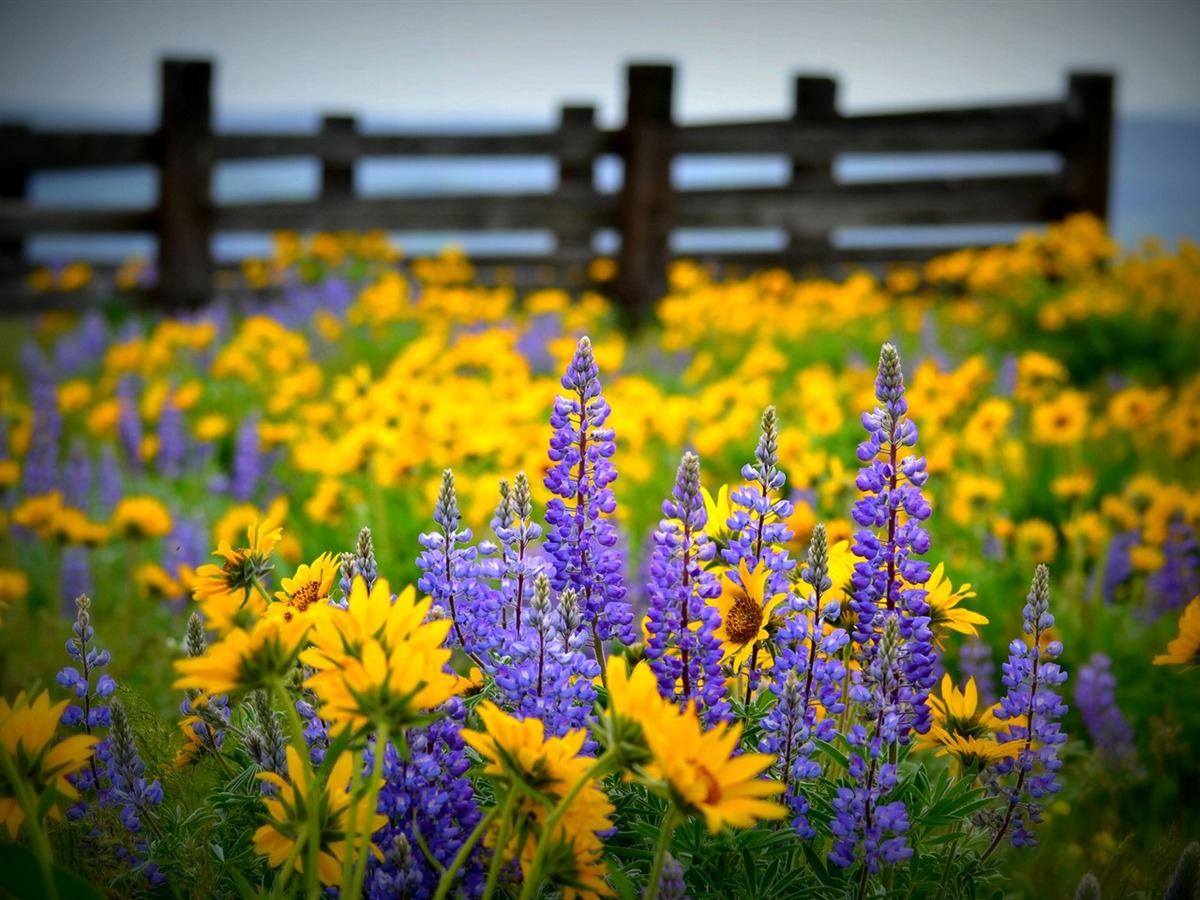
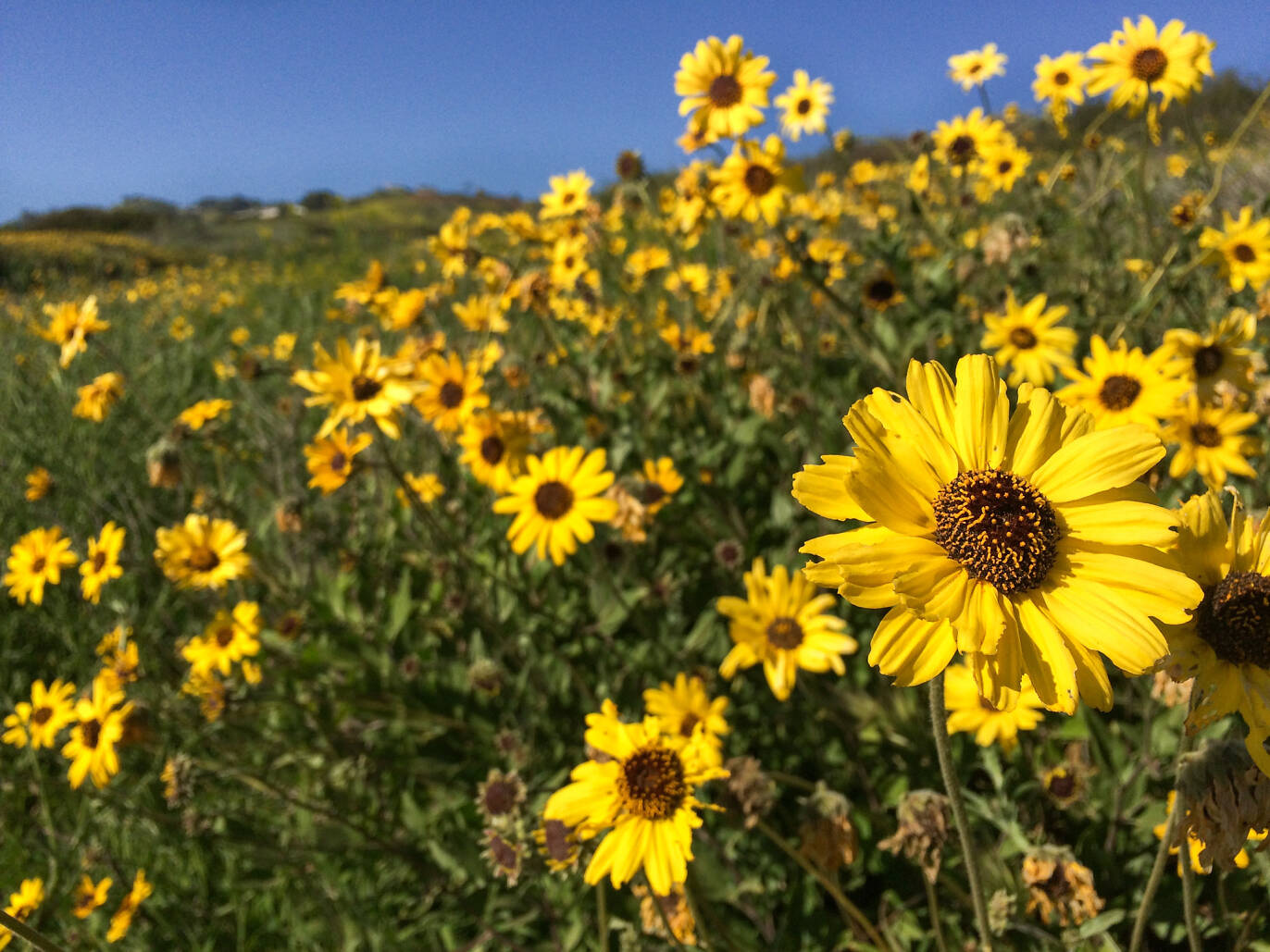
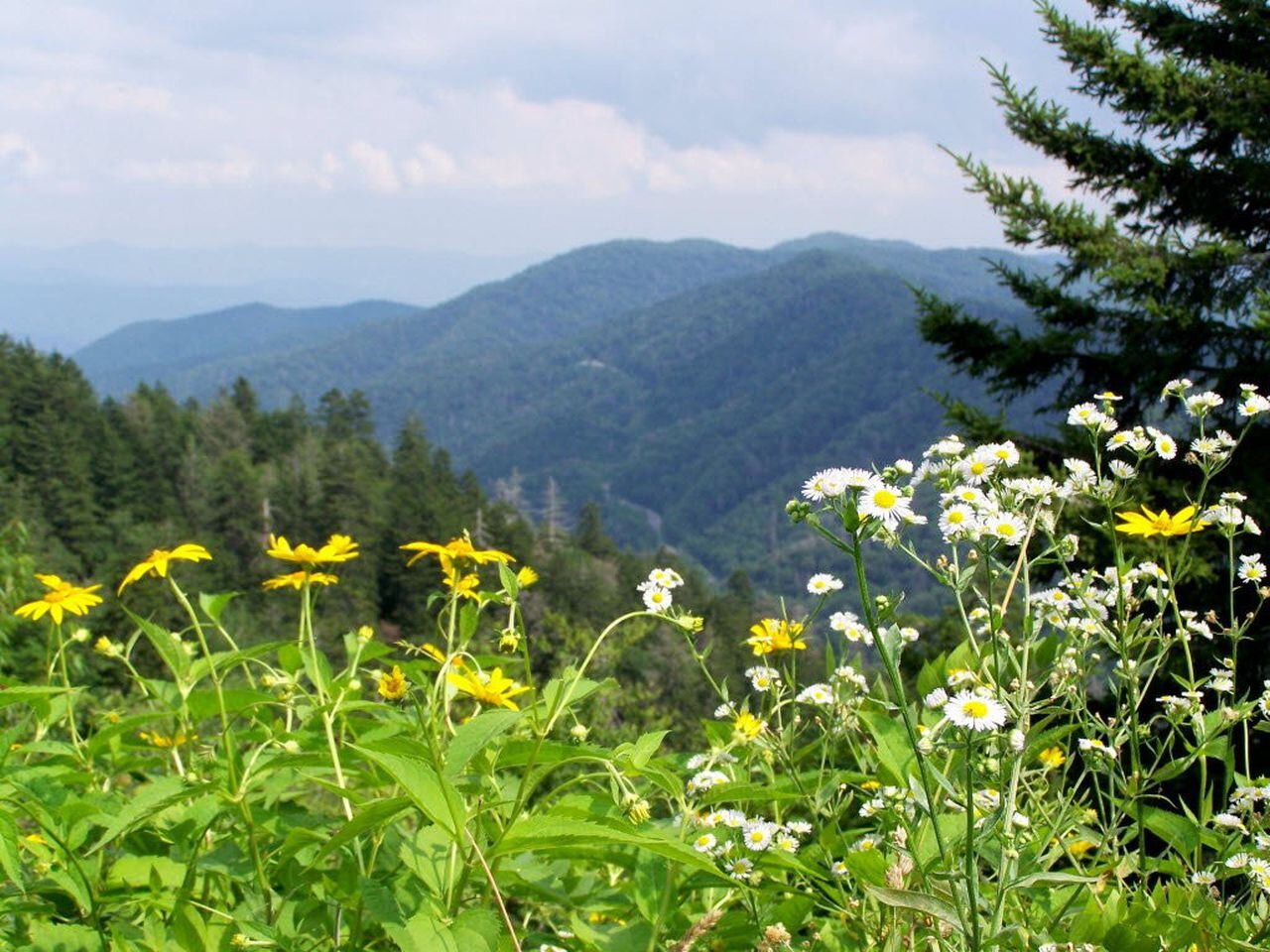
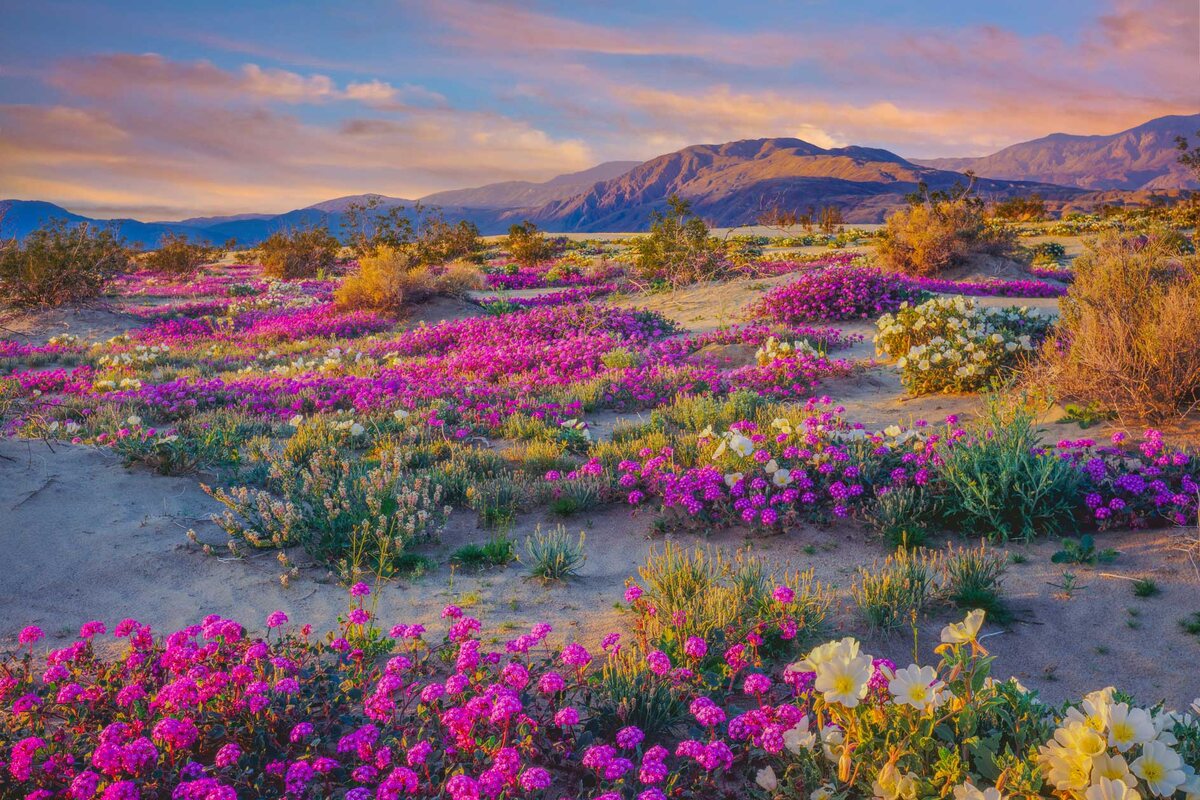
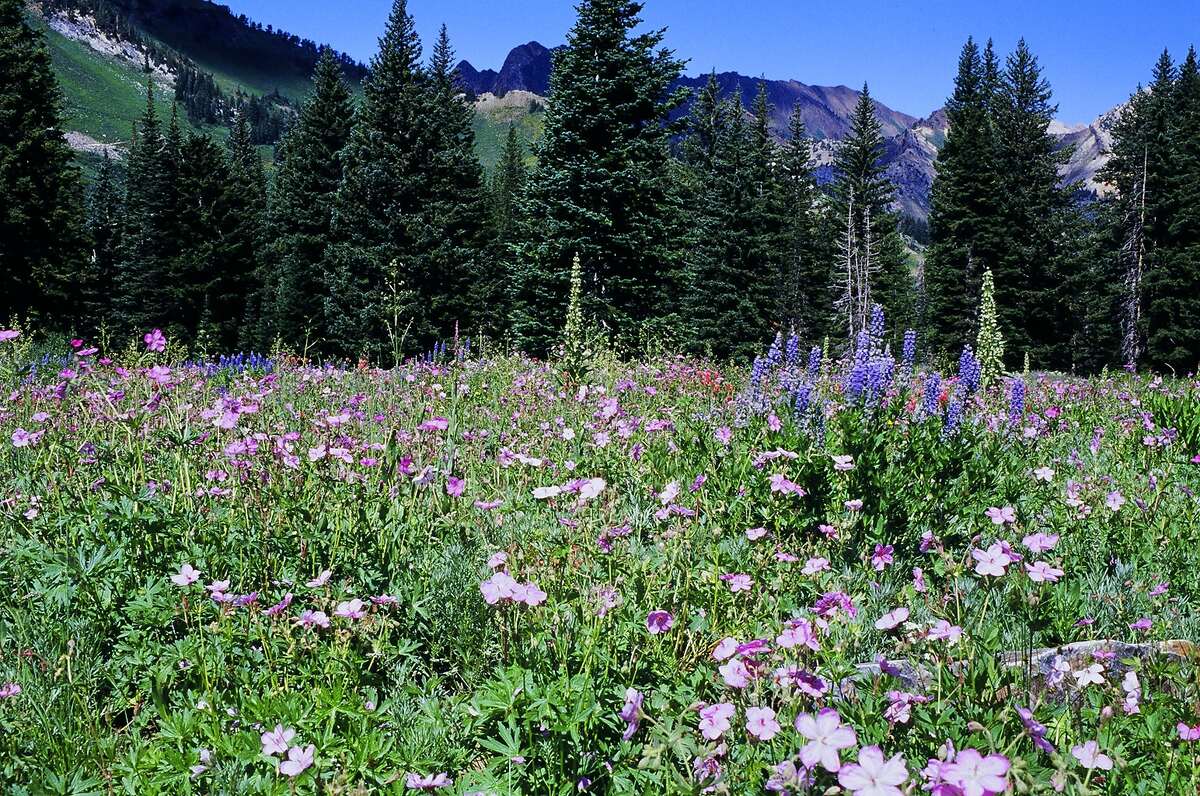
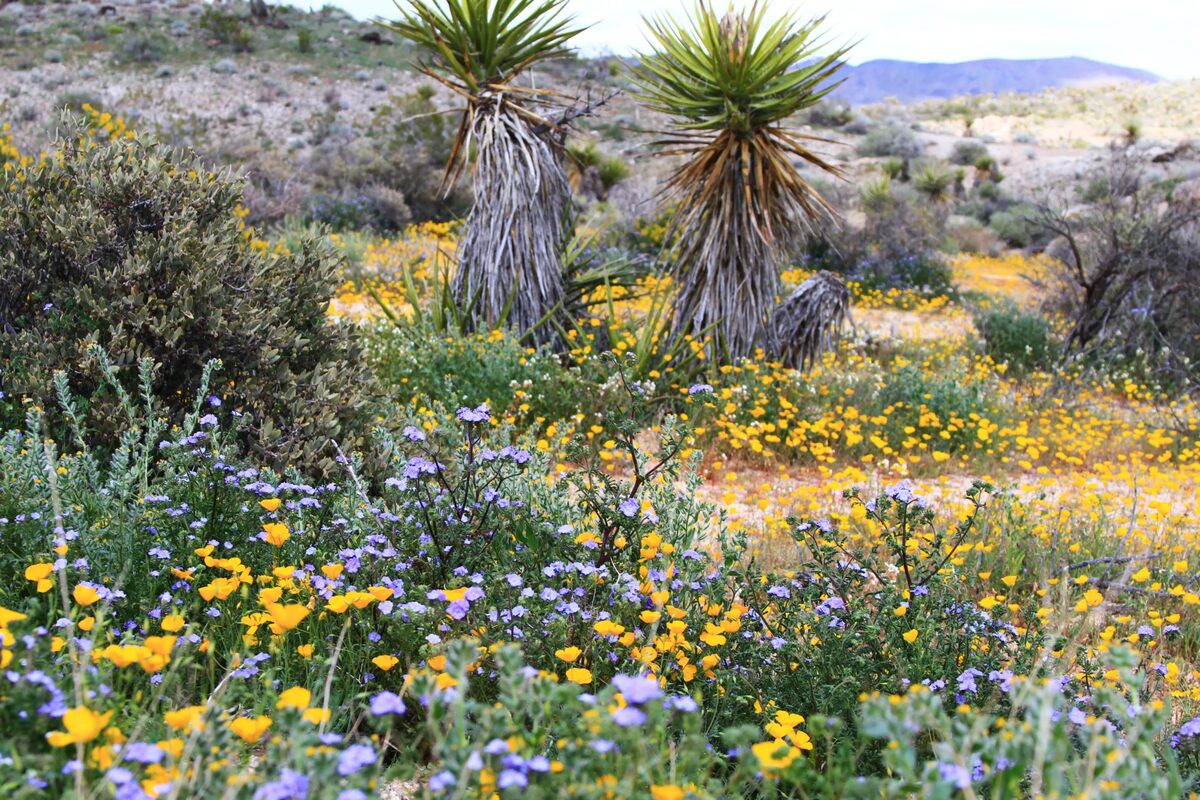
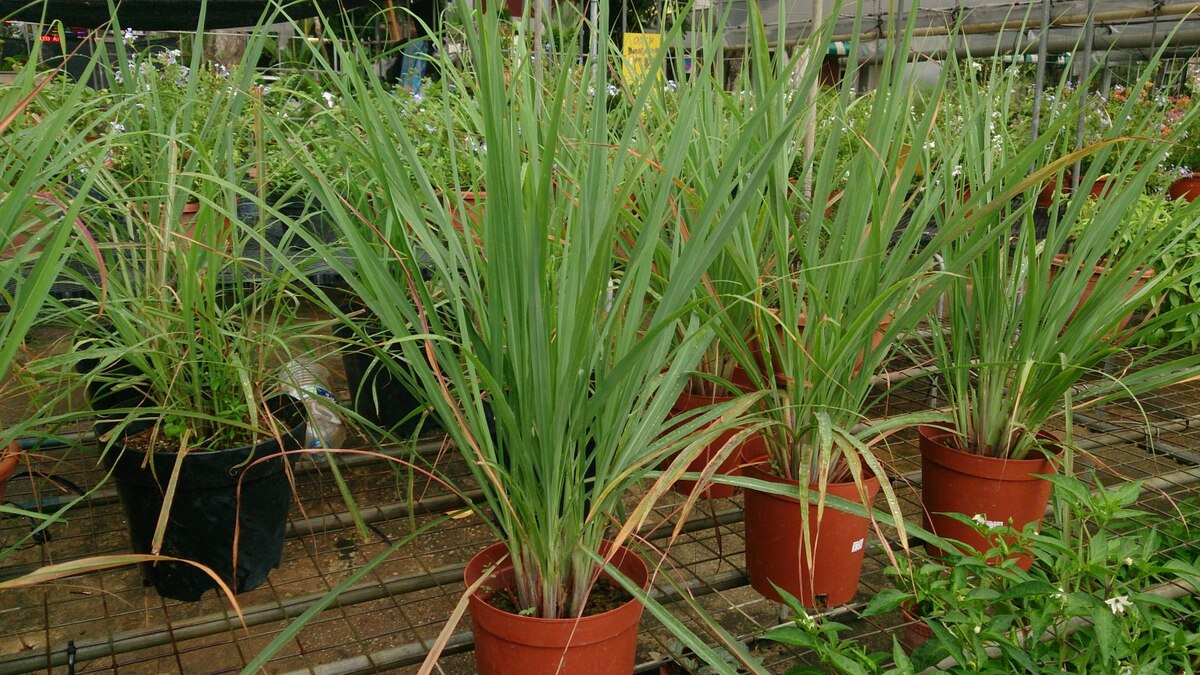
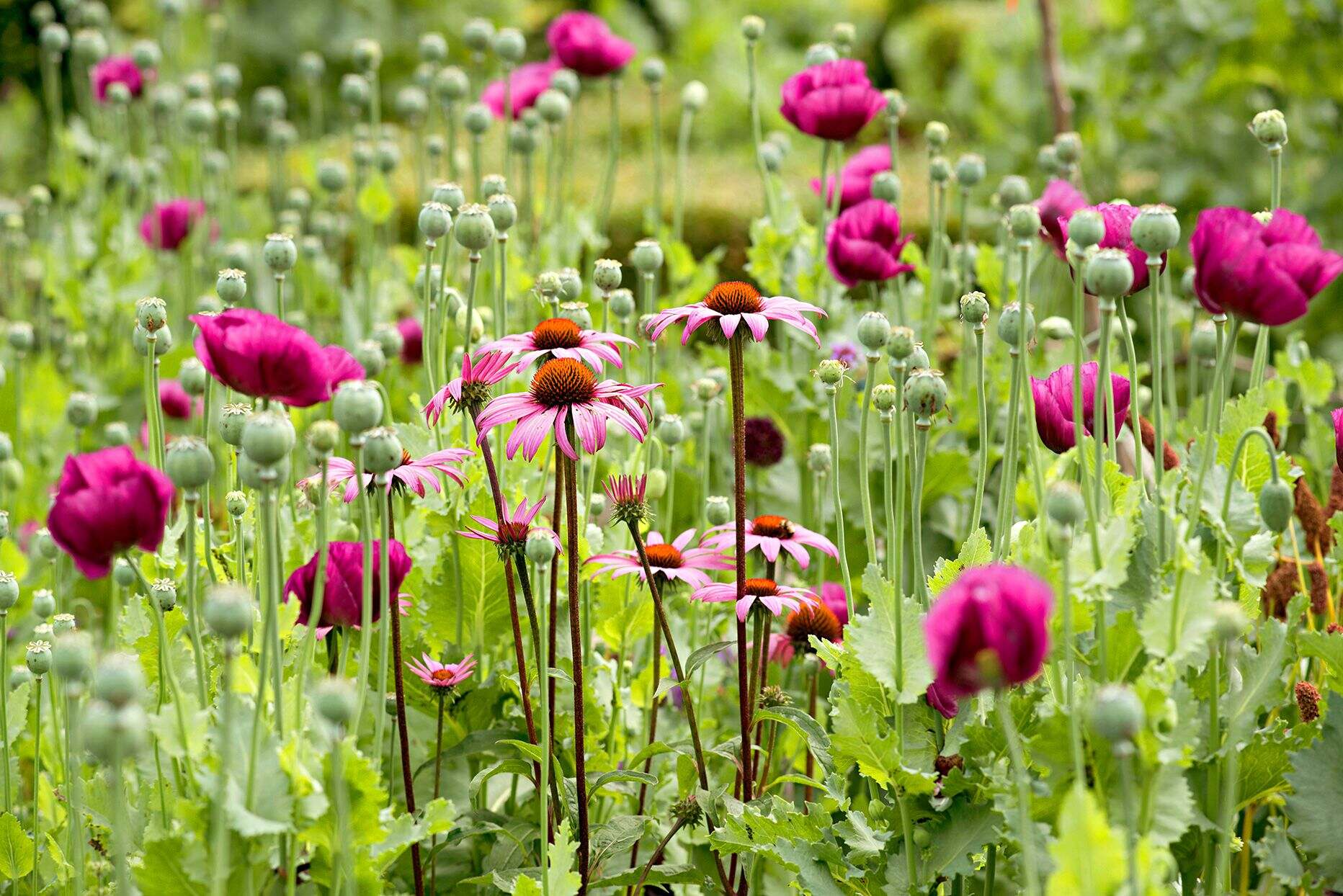

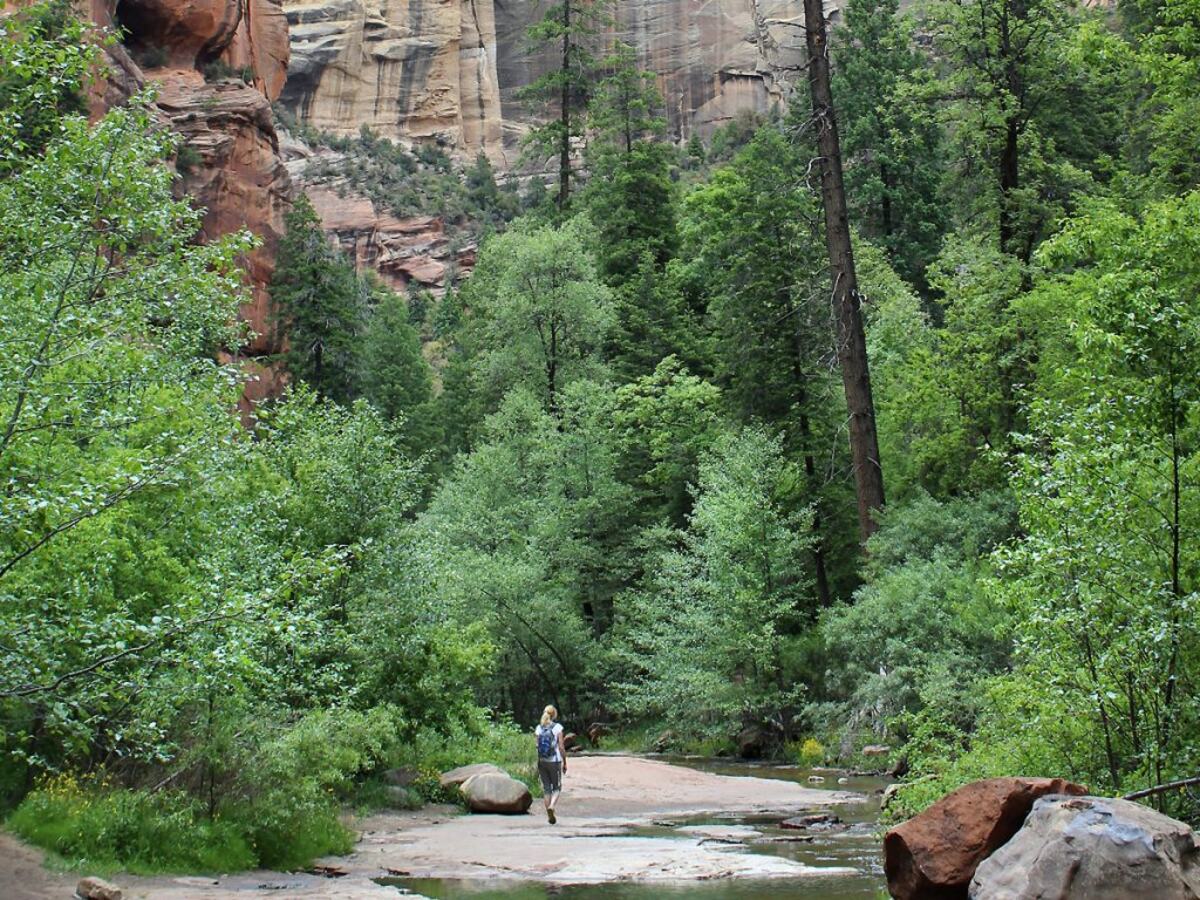

0 thoughts on “When Is Wildflower Season In Death Valley”